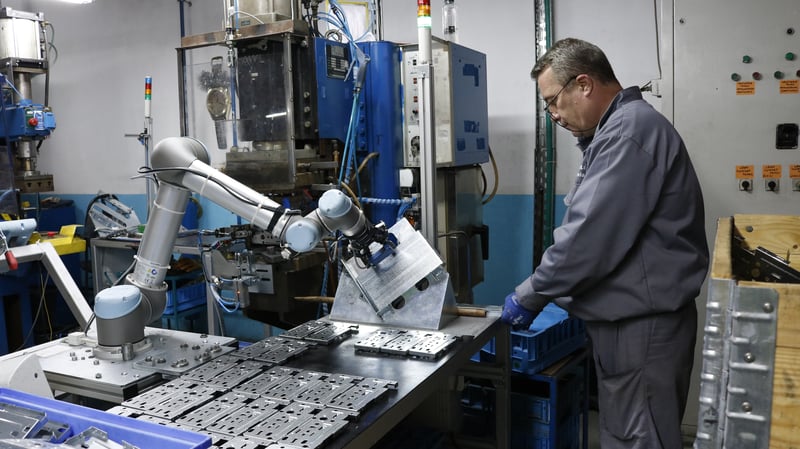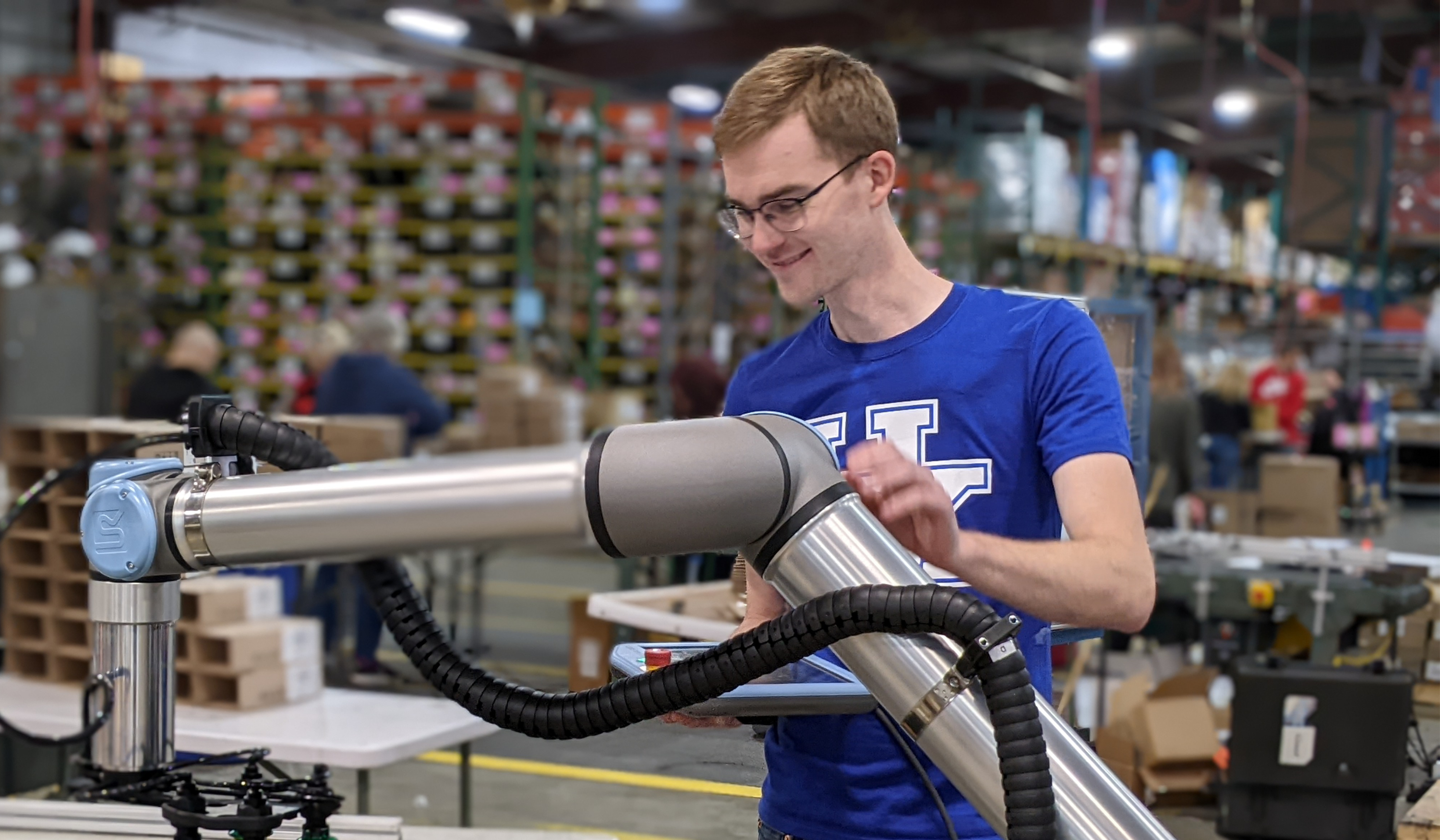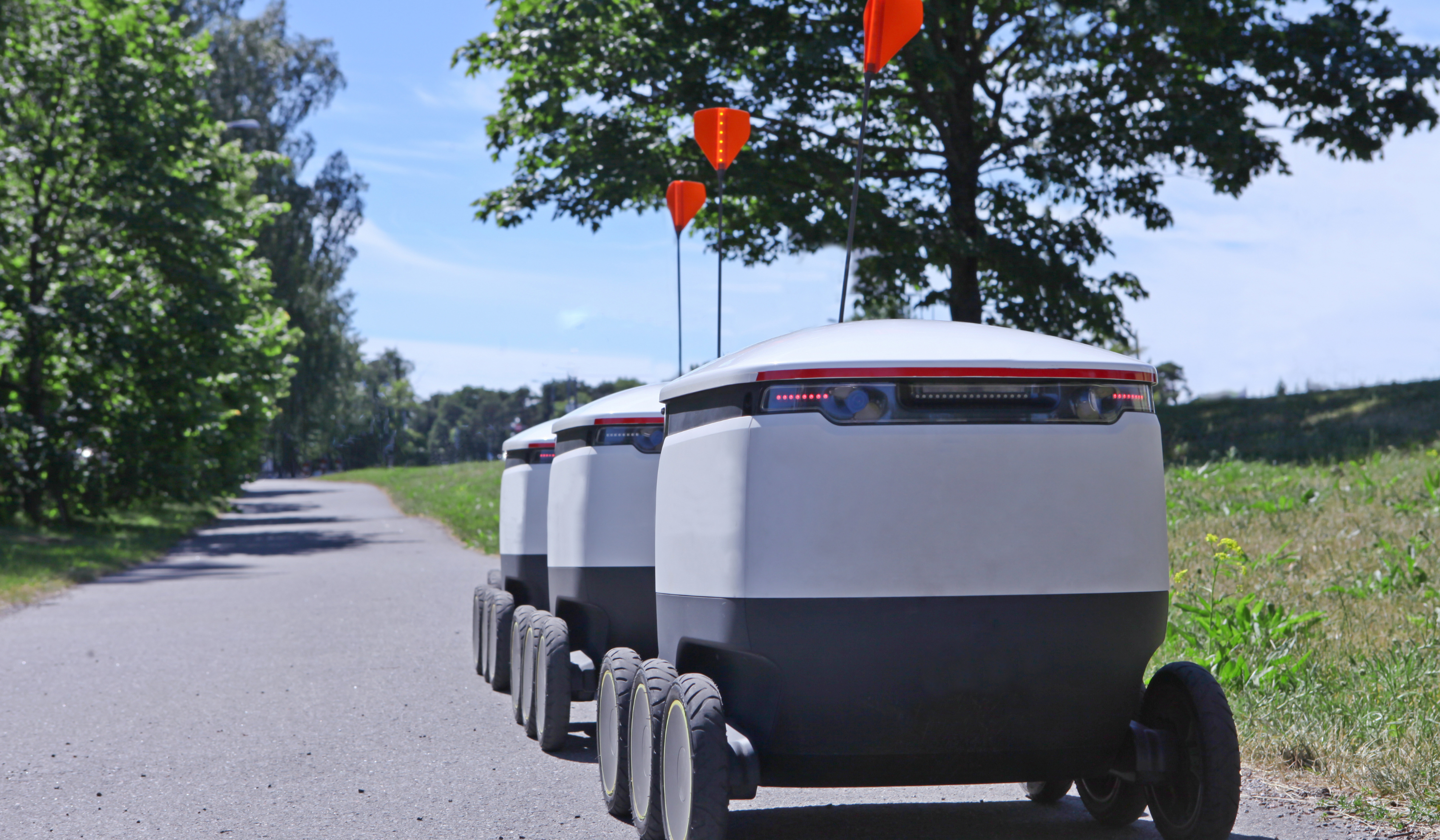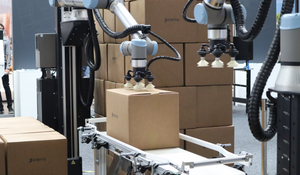Build an In-House Robotics Team Part I – Identify Skills Required

Posted on Jun 14, 2018 7:00 AM. 2 min read time
When starting an initial robotic cell implementation in a manufacturing environment, the project scope and expertise required can be intimidating. Breaking the scope and skills down into manageable pieces is an excellent strategy to prevent overwhelm.
To reduce the complexity of robotic cell deployment, the book Lean Robotics – A Guide to Making Robots Work in Your Factory breaks the process into three phases: design, integrate, and operate. The Lean Robotics book also makes the point that successful robotic cell deployment requires project management skills and knowledge of your manufacturing process in addition to robotics skills. Even without robotics expertise, your workforce does have valuable, essential knowledge that’s required for a robotics project. To prepare your team, you need to bridge the gap between the skills they have and the skills they need. This article is the first of a 2-part series about building an in-house robotics team.
Breaking the scope and skills down into manageable pieces is an excellent strategy to prevent overwhelm for employees.
Identifying robotics skills required
To assess the skills you have in house, start by looking at the different skills required for each deployment phase. Robotiq provides a handy Team Skills spreadsheet you can use to help identify who has each skill, and how critical it is to the success of your project. Project management skills are required in all phases, but some skills are specific to design, integration, or operation. Some examples from the spreadsheet are provided below:
Design phase skills needed
The design phase is where a minimum viable robotic cell (MVRC) is created with enough features to provide value to the next step in the production process. In this phase the skills required include manual and robotic task mapping, manual-to-robotic gap analysis, robotic cell conceptualization and design, and safety. The design process isn’t about replacing a human with a robot; it’s about redesigning the cell using robotics to create an MVRC. More detail about this process and applying lean methodology to the robotic cell deployment process is provided in the Lean Robotics book.
Integration phase skills needed
Integration is where more robotics and programming expertise is needed. The skills required include the ability to install mechanical and electrical robotic cell components, programming instructions into the robot, logic programming, and setting up interfaces between machines.
Operation phase skills needed
Just like any machine, robotic components require troubleshooting, maintenance and optimization skills to ensure that the robotic components in the cell are working at maximum efficiency.
Options for closing the robotics skills gap
There are two options to source the skills required: use an external integrator, or train internal personnel. Using external integrators allows you to benefit from their expertise from other deployments, but they will have to learn your manufacturing process. Training internal personnel makes sure that team members know your operations well and understand what you’re trying to do. The robotics skills they gain then become the foundation for future projects.
Part II of this article series covers assigning roles and responsibilities to the people on your robotics team.








Leave a comment